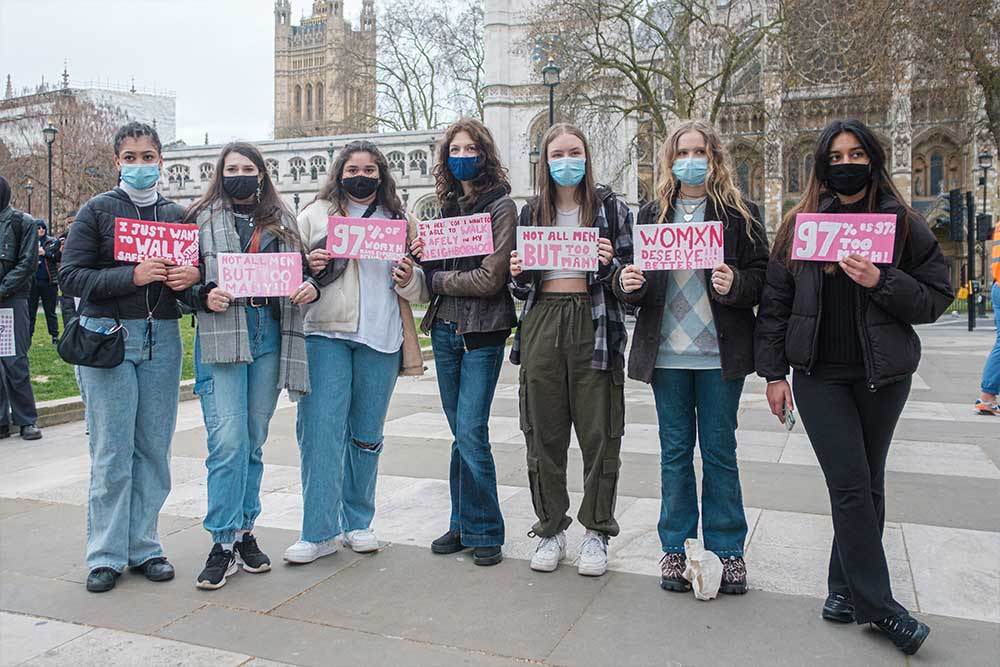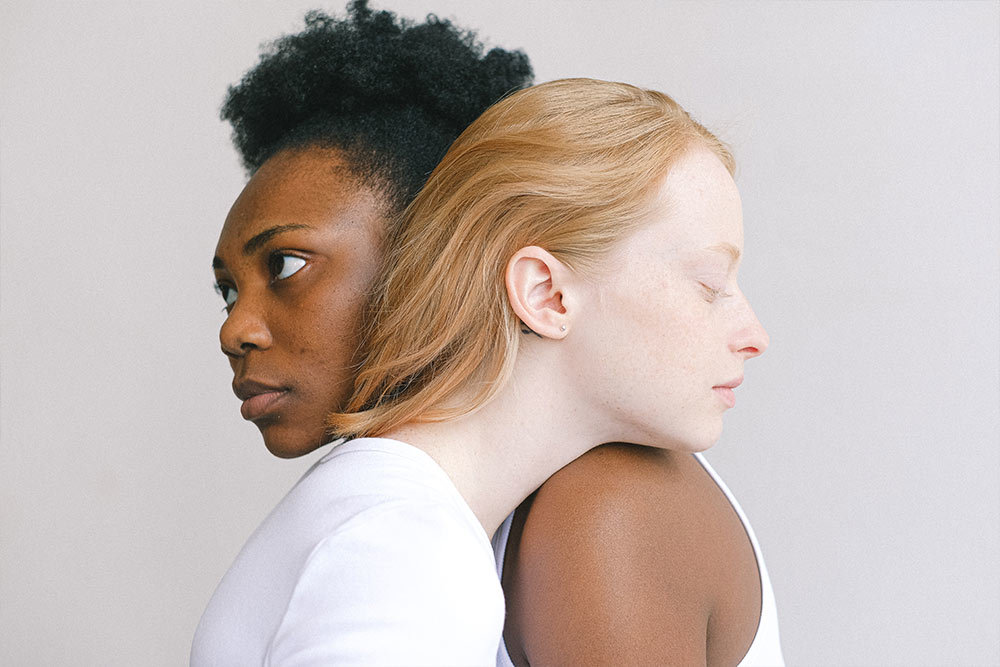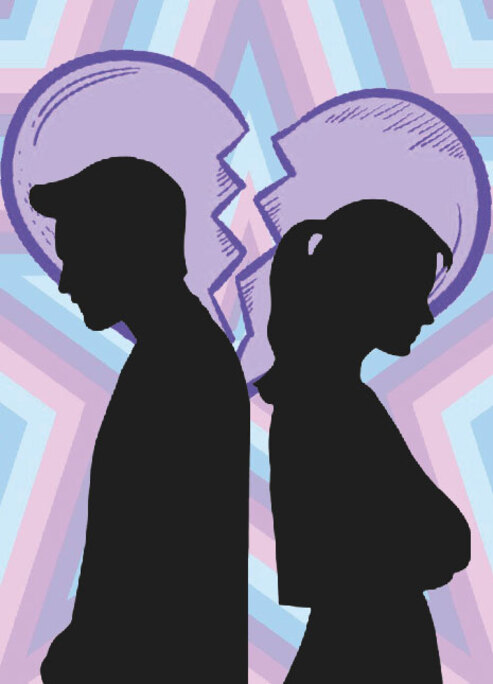
Why Intersectional Misogyny Needs To Be A Hate Crime
Some women are saying that they have enough, but they are not even recognising the full extent of women’s suffrage.
Trigger warning: Mentions of assault, rape and violence
It brought to light the “women’s bargain”, which is essentially about the government asking women to sacrifice essential liberties (what we wear, when we leave a friend’s place, what routes we take home), in order to buy ourselves a little bit of temporary safety. Safety that cannot even be guaranteed, as Sarah Everard’s case showed.
In a time, where our access to public spaces and freedom of mobility is already incredibly limited, this bargain was brought to light and inspired the “reclaim the streets” movement. Furthermore, it incited a long-overdue national discourse about men’s responsibility to re-educate themselves and ensure women’s safety, police violence towards women, and institutionalised misogyny.

This sort of change is vital and important, and I am elated to see the policy changes it has already created, although the circumstances could not have been more unfortunate, shocking and gruesome. Yet the extent of the national pain this incident propelled still took me by surprise. Black and Brown women have been the victim of police brutality for decades and their deaths never sparked this kind of global outrage. It was only a year ago that police officers murdered two black women in a park in Wembley, took pictures next to their dead bodies and circulated them on WhatsApp. This was a situation with the same perpetrators, in similar circumstances, that nonetheless did not result in a comparable amount of news coverage or a public conversation about violence against women.
The Prototype of Womanhood
The difference in perception by the media and the general public is due to the fact that women of colour are usually seen as imperfect victims. This comes as a result of centuries of racist campaigning to paint especially black women as devious, promiscuous, and sexually rampant “Jezebels” (A belief that can be traced back to slavery and was used to justify the rape of black women to produce more slaves).
In 2010, for instance, the top hits for “black girls” on Google, were to 80 percent porn sites according to author Safiya Noble and if you google “black lesbians” today, the results are also majorly sexual. Just searching for “girls”, or “lesbians” on the other hand, will lead you to much “whiter” and cleaner results. This turns Black and Brown women into the antithesis to the purity and innocence that white women embody. White women are therefore the prototype of womanhood. Black and Brown womanhood, on the other hand, carries an inherent perception of shame and guilt.

The results of that are fatal: Limiting the prototype of womanhood to white, thin, cis-gendered and straight, prevents people from perceiving violence towards women, when it targets those, who do not fit this prototype:
In 2019 a report by the London Mayor’s office into violence against women found that Black women were overrepresented both as victims of domestic abuse and sexual violence. In England and Wales ethnic minorities are far more likely to be victims of homicide and migrant women were also deliberately left out by the current domestic abuse bill, until the Lords passed an amendment a couple of weeks ago to rectify this. Black and Brown women consequently get the least security, protection and respect in a world that already does a bad job at protecting and respecting women.
Intersectional Misogyny
Seeing and tackling misogyny as binary, rather than intersectional is an important issue with the new legislation to make misogyny a hate crime (In England and Wales). Violence against black and brown women is simply not recognised as violence against women because they also do not fit the white, binary definition of one. Violence towards them is an amalgamation of misogyny AND racism. Making misogyny a hate crime, with no mentions of intersectional misogyny (So misogyny intersecting with race or other aspects of their self that carry the potential for discrimination), makes black and brown women, but also queer women and disabled women for that matter, the exception to what constitutes gender-based crimes. Tackling sexist issues, racial issues, homophobic and transphobic issues and ableism with separate policies, in general, will never be enough to protect women who fit into multiple ones of these categories. It just renders them invisible.
Things will also never change until we do the actual work: Re-educating generations that have internalised a legacy of centuries of dehumanization, fetishization and devaluing of ethnic minority women’s bodies and restructuring our policies based on this.
One phrase that I heard reiterated a lot over the past few weeks is that “We are all Sarah Everard”. I am not sure how true it is. The only thing that connects all women is our collective fear of systematic gender-based violence and oppression, but we are not all the same. We do not all make the national news. We do not all evoke the same sympathy, and we need to stop pretending that women are a homogeneous mass and can be represented by one face. Different kinds of women are asymmetrically affected by issues like gender-based violence and for the moment it is important to acknowledge these differences in order to eradicate them. Everything else just renders these differences invisible…
Feminism, unfortunately, was never much of an egalitarian concept - At least not for women of colour. In its conceptualisation and historically, for most of its execution, it has supported and served primarily white women – its prototype women. This is evident in the multiple women of colour, who were announced missing in the past few weeks, but did not spark a massive social media sharing campaign or policy changes. It is visible in the safety and lives of women outside of the western hemisphere, which are neglected and ignored due to the causes and effects of white supremacy and western dominance - Let’s not forget what is happening to women in Myanmar, or women in Uighurs camps in China and the Tigray region of Ethiopia at the moment. The underlying notion that only white, cis, straight and thin westernized damsels are deemed worthy of protection and rescuing hurts these women too and conversations around intersectionality still tend to exclude them.
Feminism and women’s rights activism just does not cater for the women, who need it the most. The women who are marginalised, disenfranchised and baselessly oppressed under our society’s default settings: Racism, classicism, ableism, heteronormativity and transphobia.
Now that we are establishing that violence towards women cannot be tolerated, we must ask ourselves if violence against these women can continue to be?











